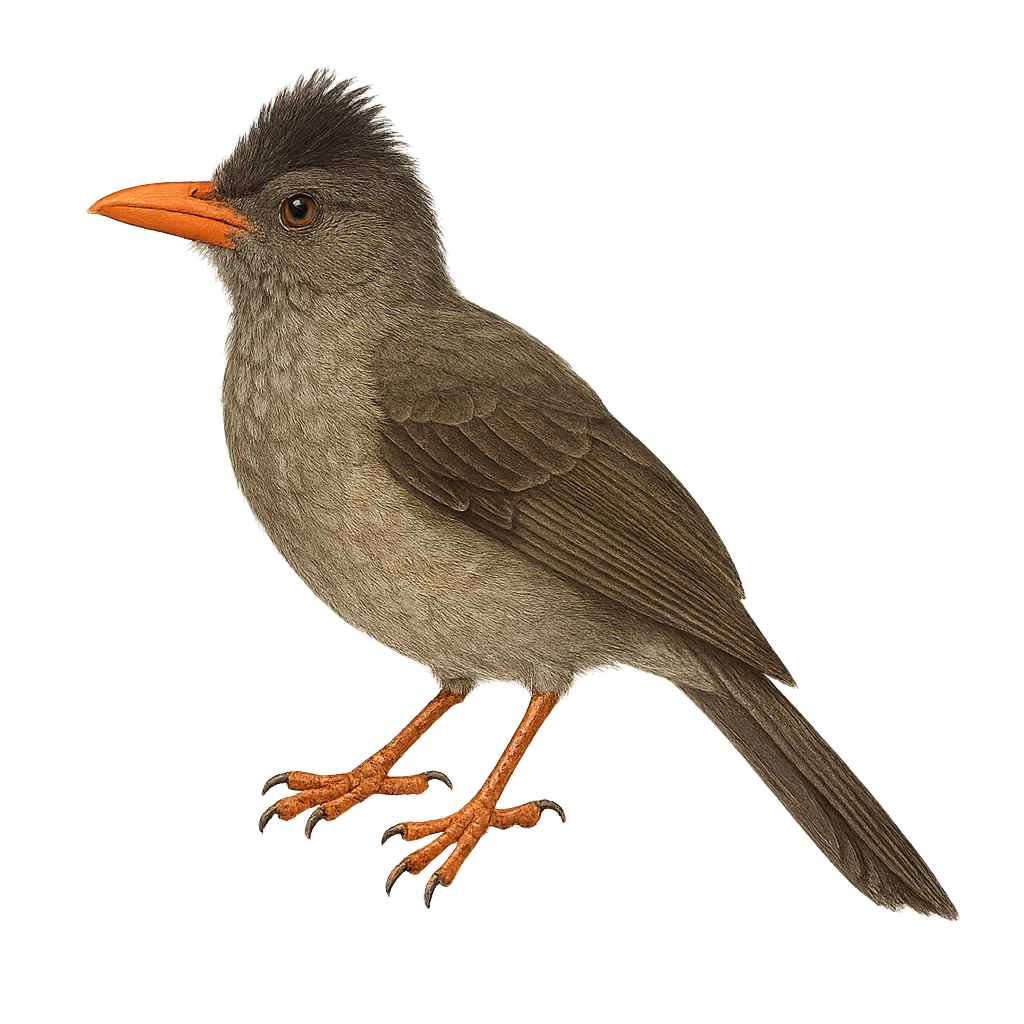Your wildlife photography guide.
Explore the mauritius bulbul in detail, study its behavior, prepare your shots.
Where to observe and photograph the mauritius bulbul in the wild
Learn where and when to spot the mauritius bulbul in the wild, how to identify the species based on distinctive features, and what natural environments it inhabits. The WildlifePhotographer app offers tailored photography tips that reflect the mauritius bulbul’s behavior, helping you capture better wildlife images. Explore the full species profile for key information including description, habitat, active periods, and approach techniques.
Mauritius Bulbul
Scientific name: Hypsipetes crassirostris

IUCN Status: Vulnerable
Family: PYCNONOTIDAE
Group: Birds
Sensitivity to human approach: Suspicious
Minimum approach distance: 10 m
Courtship display: September to October
Incubation: 13-15 jours
Hatchings: September to October
Habitat:
Tropical forests, subtropical forests, wooded areas
Activity period :
Primarily active during the day, with peak activity in the morning and late afternoon.
Identification and description:
The Mauritius Bulbul, or Hypsipetes crassirostris, is an endemic bird of Mauritius, known for its grayish plumage and sturdy beak. It primarily inhabits the island's tropical and subtropical forests, feeding on fruits, insects, and nectar. This bird is often seen in small groups, emitting melodious calls that resonate through the canopy. Although its habitat is limited, the Mauritius Bulbul has adapted to environmental changes but remains vulnerable to threats such as deforestation and invasive species. Its conservation is crucial to maintaining the ecological balance of its natural habitat.
Recommended lens:
400mm – adjust based on distance, desired framing (portrait or habitat), and approach conditions.
Photography tips:
To photograph the Mauritius Bulbul, it is advisable to use a 400mm or longer telephoto lens to capture sharp images from a distance. Look for wooded areas where these birds are active, especially in the morning. Be patient and discreet to avoid scaring them away. Use a tripod to stabilize your camera and adjust the ISO settings to compensate for low light under the canopy. Take advantage of moments when they are feeding or singing to capture dynamic and interesting shots.
The WildlifePhotographer App is coming soon!
Be the first to explore the best nature spots, track rutting seasons, log your observations, and observe more wildlife.
Already 1 429 wildlife lovers subscribed worldwide

